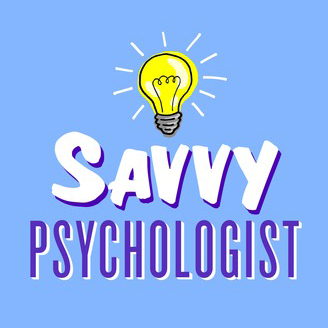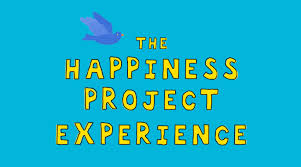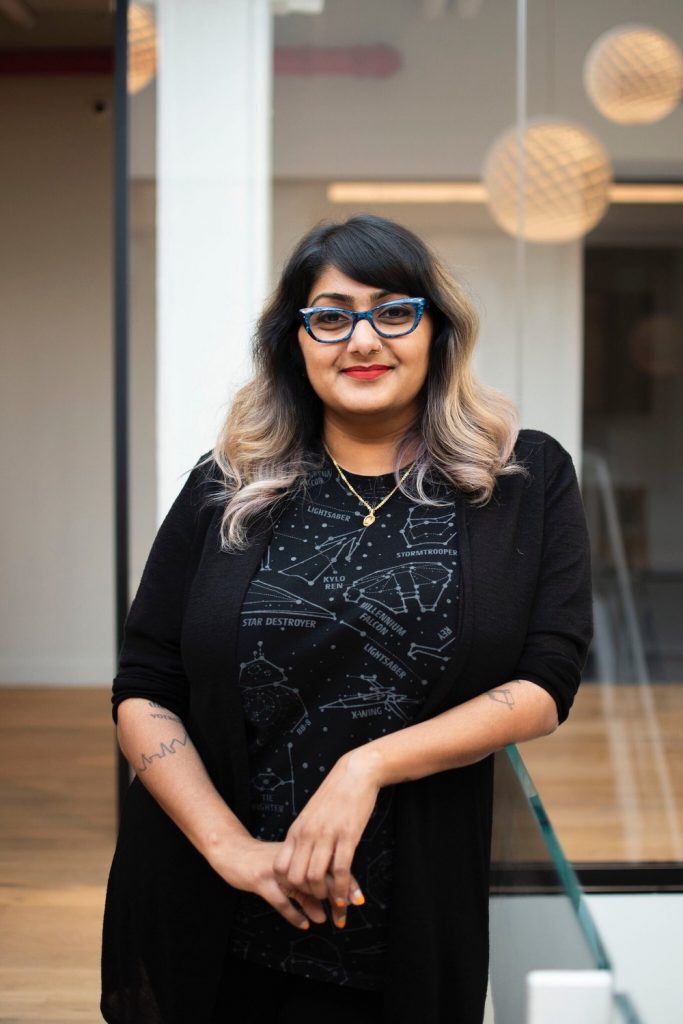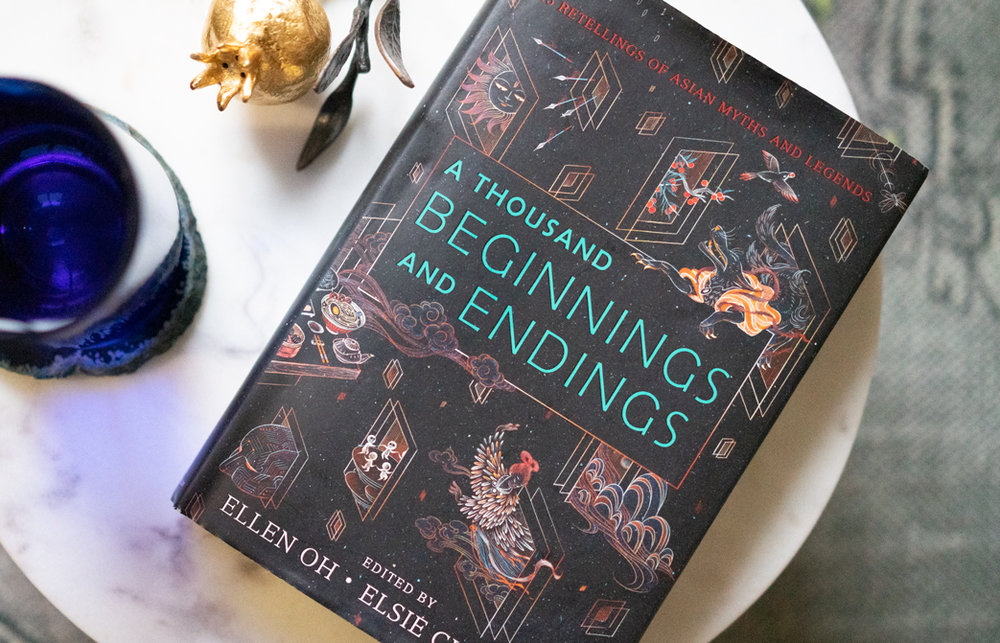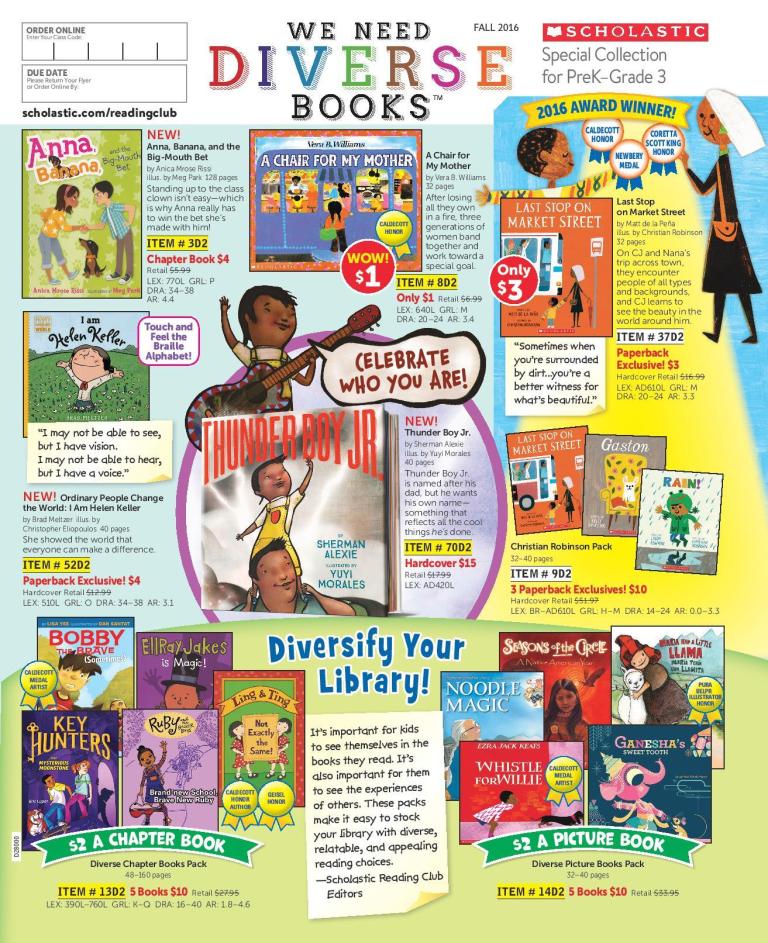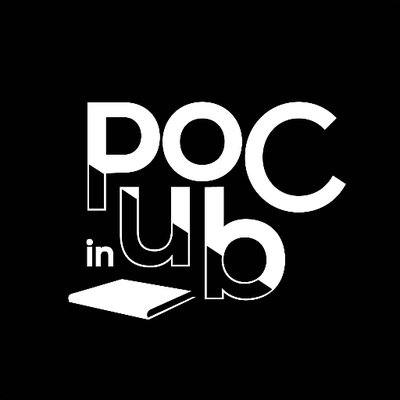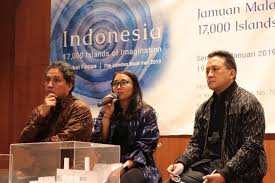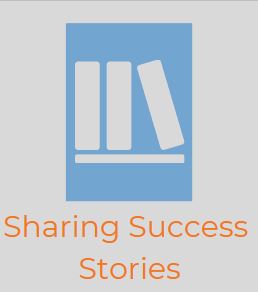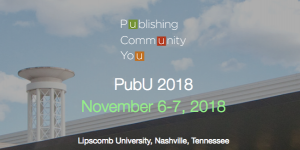Upcoming conferences, panels, webinars, and networking opportunities
There is always a wide variety of programming available to help publishing professionals connect with one another, grow their skill-sets, and stay abreast of changing trends and emerging strategies. On NetGalley Insights, we’ll be sharing the events we’re most excited for on a monthly basis.
Here’s what we’re looking forward to in June!
If you know of an upcoming event for July or after, email insights@netgalley.com so we can feature it.
US
Conference – Audience building
June 1-2, NYC
“BookCon is the event where storytelling and pop culture collide. Experience the origin of the story in all its forms by interacting with the authors, publishers, celebrities and creators of content that influence everything we read, hear and see. BookCon is an immersive experience that features interactive, forward thinking content including Q&As with the hottest talent, autographing sessions, storytelling podcasts, special screenings, literary quiz shows and so much more.”
BISG: Market Opportunities: On-Demand Publishing
Panel – Production
June 6, NYC
“The marketplace for short-run and on-demand printing solutions has expanded significantly in the past several years. This program will address where the industry is, how it may evolve, and what you can do now to take advantage of this important manufacturing option.”
The Ins and Outs of a Book Tour
Webinar – Marketing & Publicity
June 5
Getting your authors on the road is an important component to publicity. Learn the many pieces you need to consider for a successful book tour, from identifying the best venues—including virtual venues—to booking local media, route planning, using digital tools, and more. Discover the steps you need to take in planning, marketing, and executing rewarding book tours that promote your authors. After hearing from an expert in two guest speaker sessions, attendees will join the workshop to complete one project: developing a sample itinerary to get your book tour off the ground and on the road. The workshop facilitator will provide personalized, written feedback on your plan.. Outcome: A ready-to-execute author tour plan.
IBPA: PubU Online: Using Free Online Data To Get Your Audience To Your Book
Webinar – Audience building
June 12
“Every consumer leaves behind little bits of data in the wake of their online journey—on your website, on social media platforms, and on other online communities. This webinar will show you a few of the ways you can identify the most useful data morsels and how you can use them to point customers towards the book products you have—that they want.”
Publishers Weekly: Book Lovers on the Internet: Connecting with Readers in Digital Ways
Panel – Audience building
June 12, NYC
“Hear how The New York Times, Books are Magic, Bustle, Epic Reads, and Electric Literature are creating a whole new narrative surrounding book coverage and literary communities online. What is the role of book clubs (digital and IRL), virtual author tours, innovative online events, and newsletters in enriching the discussion about great reads? What’s the best way to harness the power of social media (especially Instagram) to connect with wider audiences and find new voices? How can a bookstore build engagement both off- and online?”
Party – Networking
June 12, NYC
“Join us for this classic industry celebration!”
NetGalley: NetGalley Advanced New Features Tour
Webinar – Data and Strategy
June 13
“NetGalley Advanced is our premier service to help publishers track and analyze NetGalley trends across divisions, and make strategic decisions earlier. NetGalley Advanced offers even more tools and insights at every level of your organization.
Learn more about company-level insights, Top Performers list, charts that correlate activity with promotions, custom reports, automated data delivery, campaign and availability scheduling, and more!”
Publishers Weekly: Using Data To Improve Your Digital Marketing
Webinar – Data
June 13
“How do you quantify a successful marketing campaign? In this course, you’ll learn how to collect data from a campaign and interpret it to make your next smart decision. Discover how to track each component of your digital campaign, and dive into a deep analysis of the performance of your efforts. After hearing from an expert in two guest speaker sessions, attendees will join the workshop to complete one project: developing a marketing report with a detailed summary and analysis. The workshop facilitator will provide personalized, written feedback on your report. Outcome: A developed marketing report.”
Firebrand Technologies: Overview of Eloquence on Alert
Webinar – Data
June 18
“Eloquence on Alert monitors critical factors such as fluctuating sale prices, missing product pages, third party seller activity and other key indicators of your title’s health. EoA’s deep data gives you the power to confidently and proactively ensure your catalog’s ongoing success.
– Set an alert to warn you when a third party seller takes over the buy box.
– Watch for spikes in your sales rank so your marketing team can ride the wave.
– Respond quickly to products with low customer ratings.
– Determine if recent List Price changes have been posted on key sites
Eloquence on Alert puts all of this information, and more, at your fingertips, with daily data collections, robust monitoring, custom alerts, and detailed searching capabilities.”
BISG: Update on EPUB Initiatives at the W3C
Webinar – Standards
June 18
“The W3C will explain its most recent initiatives with EPUB development, improvement, and implementation to all those who attend, with an interactive Q&A session at the end.”
ALA: Annual Conference & Exhibition
Conference – Networking
June 20-25, Washington D.C.
“What You Can Expect: 100s of top authors and unforgettable speakers 900+ expert exhibitors, new products, services, and titles Libraries Transform® and a focus on the future Learning that keeps on going. Fun stuff that sparks innovation. News You Can Use—updates, policy priorities, strategies for engaging decision-makers and influencers Quality and scope of programs, topics, and formats”
Conference – Networking
June 26-28, Pittsburgh
“Children’s booksellers, authors, illustrators, and publishers from across the country will gather for three days of children’s bookselling education and activities.”
UK
Byte the Book: What Does the Future of Culture and Storytelling Look Like?
Panel – Strategy
June 17, London
“Join us and a panel of experts as we explore how culture and storytelling are likely to change in the future. Before and after the talk they’ll be the opportunity to network with authors, agents, publishers and suppliers to the publishing industry.”
The Bookseller: Marketing and Publicity Conference
Conference – Marketing
June 27, London
“The theme for 2019 is ‘Changing Gears’ – whether that means gearing up a notch, to fight for a cause or champion a beloved title, or down a notch, to make space for creative thinking and keep ourselves sane.”



